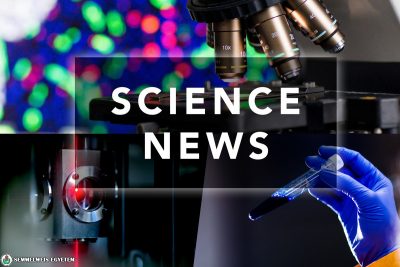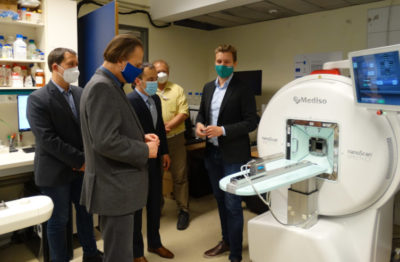Dr. János Vág, Deputy Director of the Department of Conservative Dentistry and his PhD student, Dr. Botond Simon won the Innovation Award of 2019 in the category of clinical research. They have developed a new generation dental identification protocol, which involves an intra-oral scan to create the digital impression of the intra-oral pattern of the palate. These patterns are unique, which are ideal for human identification. Digital impressions can easily be made during routine dental check-ups and the data can be stored and analysed on the long term as well.
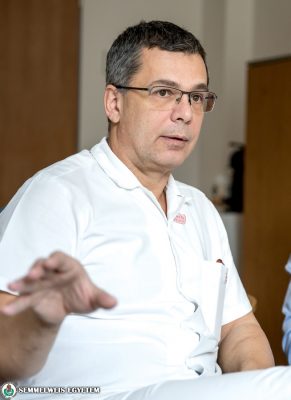 Dr. János Vág started working in the field of digital dentistry three years ago, when he set up a digital dental workgroup. Dr. Botond Simon joined the workgroup and has been involved in the research as a PhD student.
Dr. János Vág started working in the field of digital dentistry three years ago, when he set up a digital dental workgroup. Dr. Botond Simon joined the workgroup and has been involved in the research as a PhD student.
“The so-called alveolar ridges in the roof of the mouth have special patterns in every individual, therefore they may be used in human identification.”, the researchers said.
The common disadvantage of the most widely used methods in human identification, such as fingerprints, DNA or dental based identifications, is that in most cases there is no database available from the general public. At the same time, the majority of people undergo dental examinations during their lives, where imprints of their teeth and soft tissues are made.
“In the next decade, dentists are going to switch to digital imaging, which will make the necessary data available.”, said Dr. János Vág.
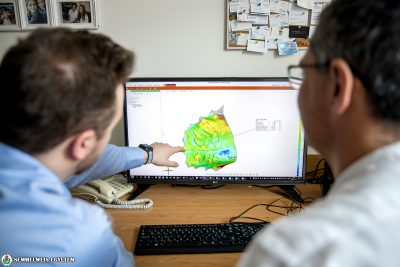 The research involving over 200 twins aimed at the identification of features in the digitalised palate pattern that could be used to clearly distinguish even between the members of identical twin pairs with identical DNA. According to their hypothesis, this identification method is likely to be successfully used in the whole of the population if they were able to distinguish between identical twins. More than 100 twin couples were gathered in a year thanks to a lot of help from the Tárnoki Twins and the Lipták twins (Klaudia and Laura Lipták), who took part in the research as part of their work at the Students’ Scientific Association. Non identical twin pairs were also involved in the research as the control group. Over 600 digital impressions from 200 patients were made with the use of a special scanner and the data are currently being evaluated. Their method could determine the individual’s identity with 99% accuracy, which can be very important in crime prevention and in cases of natural or mass disasters.
The research involving over 200 twins aimed at the identification of features in the digitalised palate pattern that could be used to clearly distinguish even between the members of identical twin pairs with identical DNA. According to their hypothesis, this identification method is likely to be successfully used in the whole of the population if they were able to distinguish between identical twins. More than 100 twin couples were gathered in a year thanks to a lot of help from the Tárnoki Twins and the Lipták twins (Klaudia and Laura Lipták), who took part in the research as part of their work at the Students’ Scientific Association. Non identical twin pairs were also involved in the research as the control group. Over 600 digital impressions from 200 patients were made with the use of a special scanner and the data are currently being evaluated. Their method could determine the individual’s identity with 99% accuracy, which can be very important in crime prevention and in cases of natural or mass disasters.
“For example, the next generation dental identification protocol could be the solution in identifying victims of drowning, where fingerprints could become blurred or in case of burns.”, they said.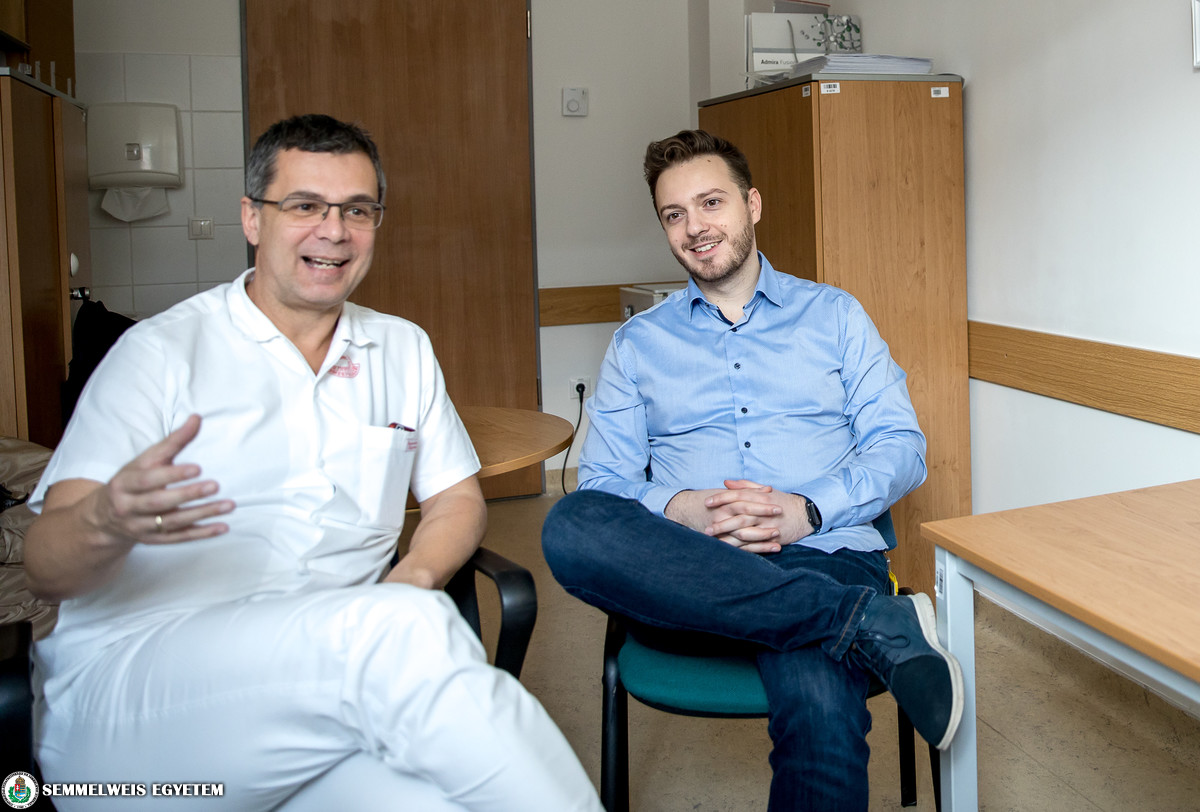
“There are several benefits of the digital samples: they can be used more than once, they can be examined in many ways. They are a kind of 3D data cloud with great underlying potentials.”, said the deputy director. “In addition to research and patient care, the scanner used to make the digital images can be utilized in education as well, saving print materials, thus being environmentally friendly.”, said Dr. Botond Simon.
“Our goal is to make such a digital palate imprint of every patient, who turns up at a dental check-up in the future. Scanning takes less than a minute and it is completely painless. In order to make the protocol become part of the everyday routine, IT professionals and mathematicians need to be involved to develop pattern recognition and artificial intelligence. Currently we are looking for resources and funding to achieve this.”, they said.
The plans of Dr. Botond Simon involve to get a more thorough knowledge in forensic dentistry and he will soon pass the required exam. They would like to present their research results in international forums as well.
Bernadett Bódi
Photo: Attila Kovács – Semmelweis University
Translation: Ágnes Raubinek
